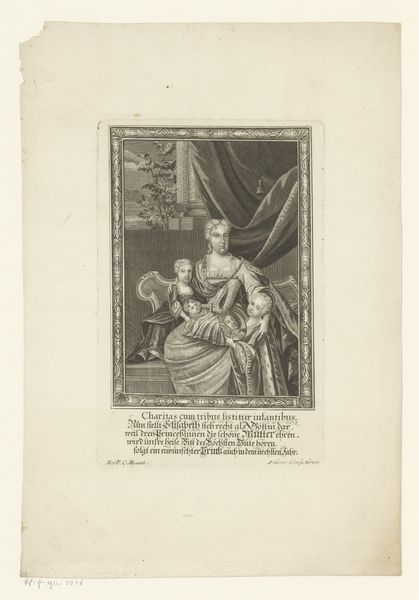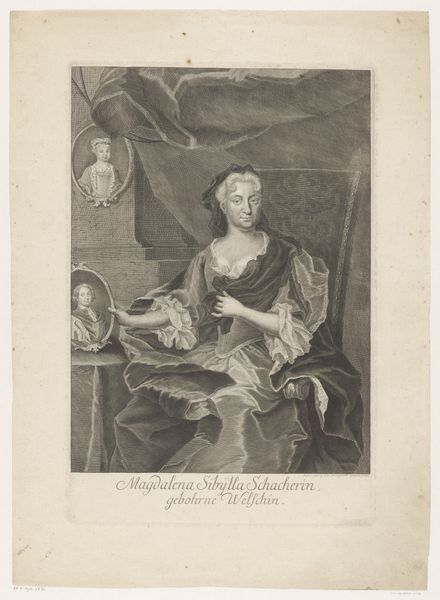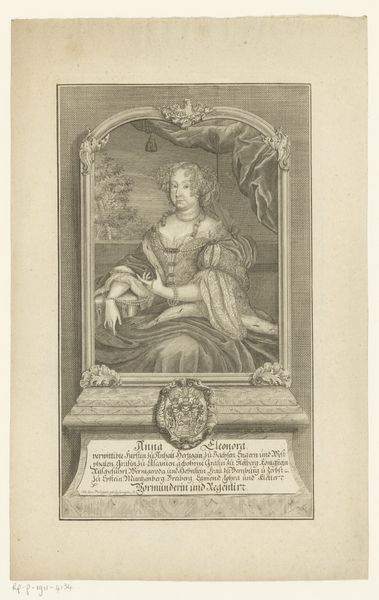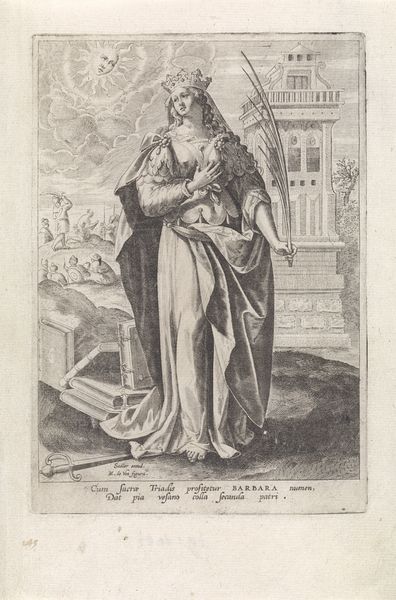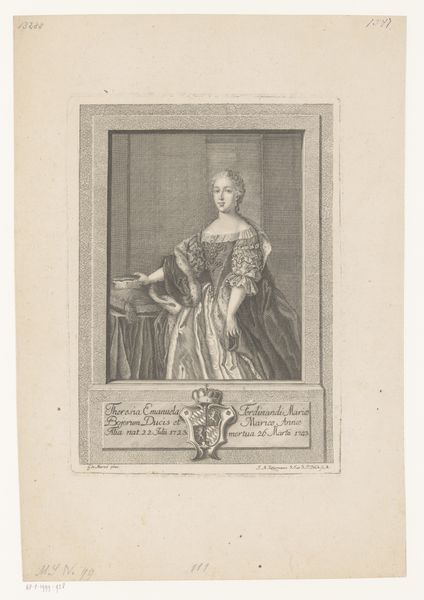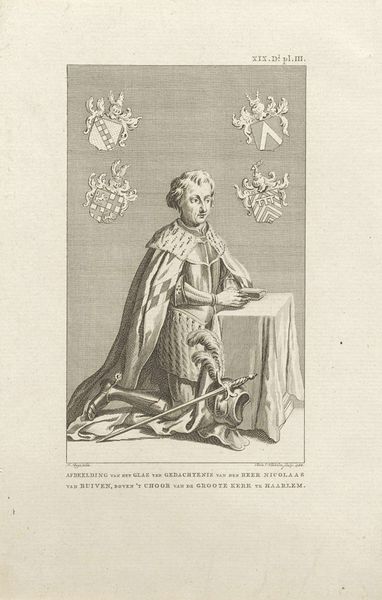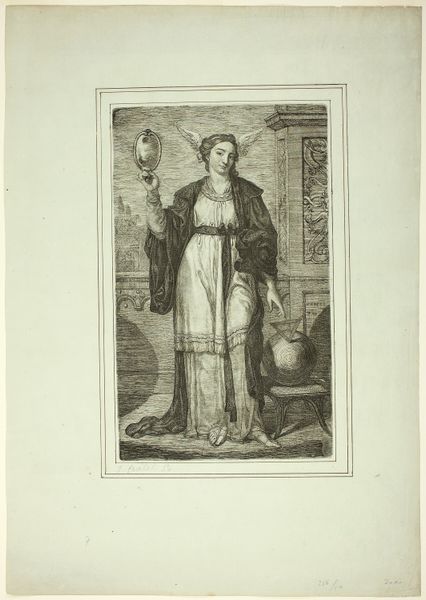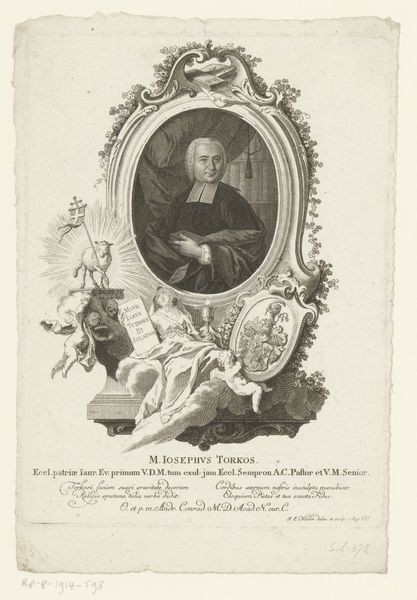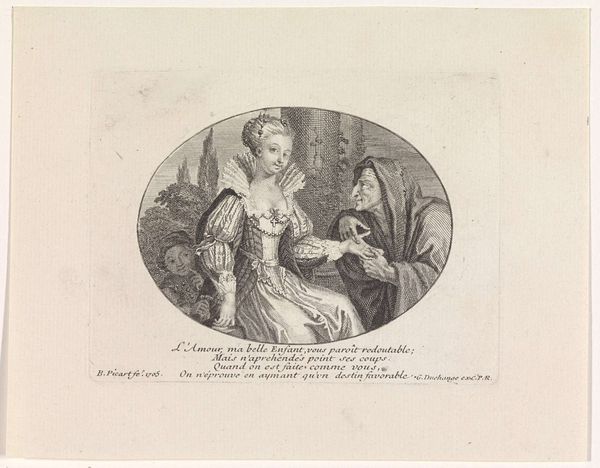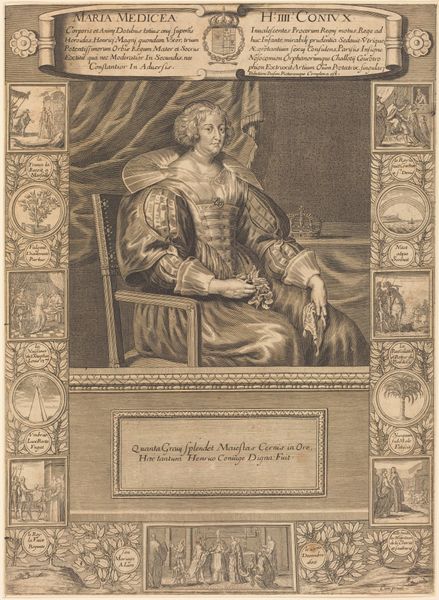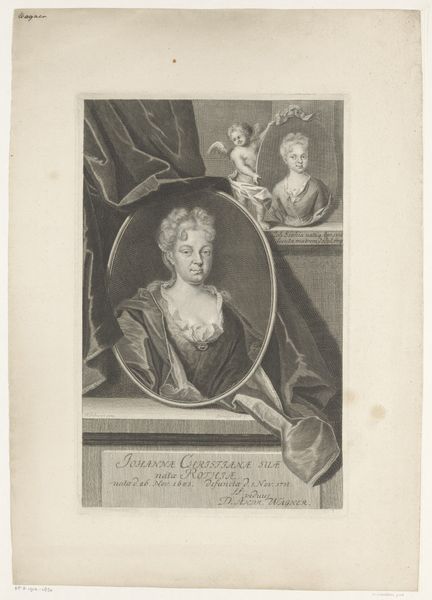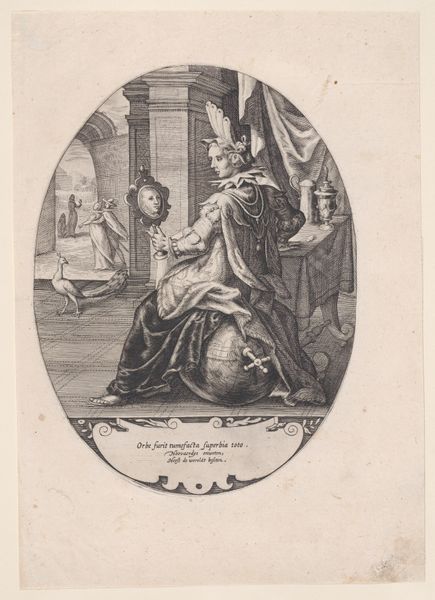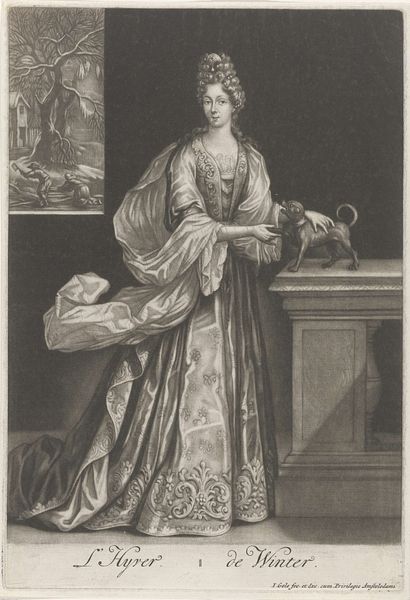
engraving
#
portrait
#
baroque
#
history-painting
#
academic-art
#
engraving
Dimensions: height 393 mm, width 272 mm
Copyright: Rijks Museum: Open Domain
Editor: Here we have Johann Martin Bernigeroth's "Portret van Maria Helena von Holzhausen," dating sometime between 1723 and 1767. It's an engraving, and it feels incredibly formal and staged. What can you tell me about it from your perspective? Curator: As a materialist, the most immediate thing that jumps out is the labor and material reality inherent in the process of engraving. Look closely at the precise lines, the cross-hatching. Someone painstakingly created this image through a physical process, translating the sitter into a reproducible form. Consider the socioeconomic implications - who could afford such a portrait, and the engraver, a skilled laborer selling a product? Editor: That's a perspective I hadn't considered! It really brings a different level of appreciation for the work involved. But, beyond that, doesn't the portrayal reinforce the existing power structures of the time? Curator: Exactly! It's not just about depicting nobility, but solidifying their status through reproducible images. We have to think about the distribution and consumption of these engravings, how they circulated within a specific social class and served to perpetuate specific ideals of beauty and status, reflecting the economics of portraiture at the time. Think about the source of the paper too, and the process needed to transform flax into paper. Editor: So, seeing it as a product rather than just an artwork? It makes it far more real somehow. Curator: Precisely. Recognizing art as something produced within specific economic and social conditions shifts our understanding entirely. We can also analyse what impact engraving might have had on paintings at the time. Did engravings serve to influence painting and painting production through its capacity for reproducability? These are key questions we must ask. Editor: This approach has opened up my eyes to the art production and its consumption! Curator: Precisely, seeing it as product will lead to better and diverse appreciation of it!
Comments
No comments
Be the first to comment and join the conversation on the ultimate creative platform.
